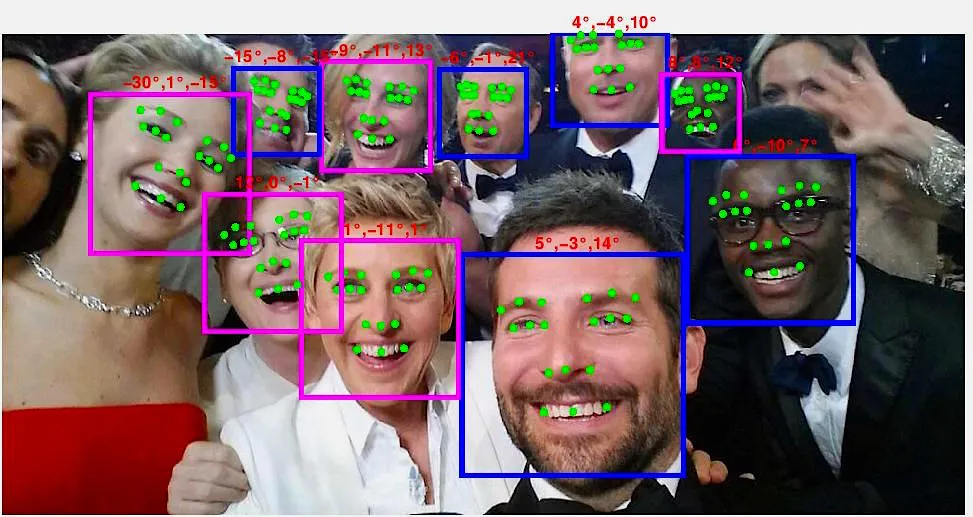
Researchers in the University of Maryland Institute for Advanced Computer Studies (UMIACS) were recently honored at the campus-wide "Celebration of Innovation and Partnerships."
The annual event—sponsored by the university’s Office of Technology Commercialization (OTC)—recognizes the year’s best technology disclosures as well as innovative ideas developed by the university community.
"We’re excited that members of UMIACS regularly contribute their knowledge and expertise to help advance the university’s innovation ecosystem," says Amitabh Varshney, a professor of computer science and director of UMIACS.
In 2015, OTC received 186 invention disclosures, of which nine were chosen as finalists in the Invention of the Year competition.
A team led by Rama Chellappa, professor and chair of electrical and computer engineering and a member of UMIACS, took top honors in the information sciences category.
Chellappa’s group—which includes Rajeev Ranjan, a second-year doctoral student in electrical and computer engineering, and Vishal Patel, a former UMIACS research scientist who is now an assistant professor of electrical and computer engineering at Rutgers University—was recognized for developing an advanced algorithm that takes facial recognition technology to the next level.
Their HyperFace technology can detect faces, find facial landmarks (including eye center, the nose tip, etc.), estimate the head pose, and recognize gender from any real-world image or video.
"HyperFace attempts to simultaneously detect faces, and determine their poses and gender in unconstrained acquisition conditions using deep learning networks," Chellappa says. "By simultaneously performing these tasks, HyperFace does each task better. Existing methods perform these tasks separately with different approaches."
Ranjan says working on the project has been an enriching experience.
"The idea that we can train computers to detect and recognize faces in the similar way as humans, made the work enjoyable and interesting," he says. "HyperFace has a wide range of applications, from the early diagnosis of autism to the identification of long-term missing children through aging modeling, this invention has the potential to make a significant impact on human lives."
Eytan Ruppin, a professor of computer science and director of the Center for Bioinformatics and Computational Biology (CBCB), and Joo Sang Lee and Avinash Das Sahu, both postdoctoral fellows of CBCB, also were recognized.
Their group was runner-up in the information sciences category for new technology that can provide insight into resistance to cancer therapy, and then select the best cancer treatment method for individual patients.
Additionally, Ben Shneiderman, Distinguished University Professor of computer science and a member of UMIACS, received the Corporate Connector of the Year Award. This honor—from the UMD Corporate Connect Council—recognizes significant engagement and successful interactions with the private sector in research, philanthropy or student support.